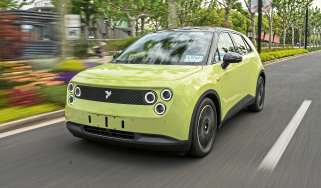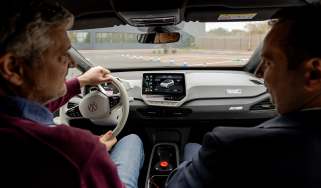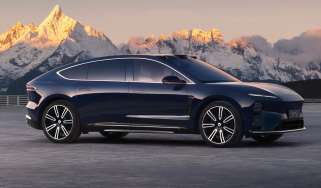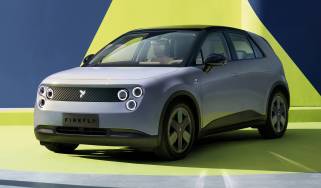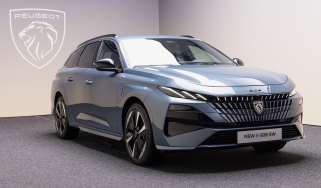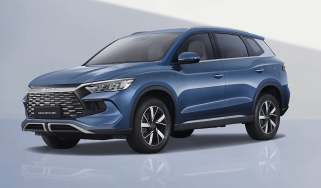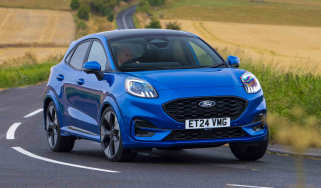Down with smart tech! ‘Shy tech’ is the way to go, according to Nio
Higher-end buyers will be looking for more subtlety in their tech, while AI has to earn drivers’ trust
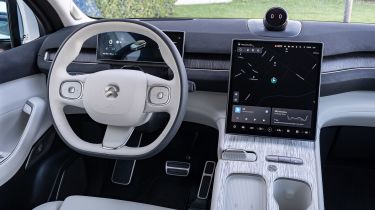
So-called ‘shy tech’ will begin to replace big touchscreen displays on premium-brand cars as consumer tastes develop, according to Chinese company Nio’s product experience director, Benjamin Steinmetz.
Speaking at the FT Future of the Car Summit, Steinmetz described shy tech as “not directly visible jumping in your face”; instead, it’s dual-purpose features such as wood paneling with buttons hidden underneath that light up when touched and operate functions such as climate control. Greater functionality for the likes of the head-up display and augmented reality will also headline the next steps in cabin tech, he said.
But according to Steinmetz, there will still be “a lot of want and need” for big touchscreens in more mainstream segments, with a tech divide depending on customer groups.
The application of AI will also be influential in coming years, with Nio’s product experience boss saying that it must be deployed so the user understands and agrees, rather than feeling it has sneakily been activated without any instruction. He used the example of the car learning that the driver always activates the seat ventilation if the temperature is at least 21 degrees outside, so actively asking if the user would like that to become a default operation. “If AI starts to act by itself without informing the user, you lose trust and get dissatisfaction,” said Steinmetz. “How can it communicate without being distracting and make it clear why it is doing something in a certain situation?”
Steinmetz also said that Europe and China are moving closer together in terms of their expectations of technology. The Chinese market has historically been more focused on the quantity of tech and expects swathes of new features, whereas Europeans don’t need so many new clever innovations, but the ones that are introduced have to be “perfectly executed”. As technology develops, the two cultures are moving closer towards alignment, with Chinese expectations of quality increasing and Europeans wanting more features.
“In China people spend more time in their cars, they may use them for a nap at lunchtime or even stay in them when they get home, so they are more like a living room.” said Steinmetz.
Come and join our WhatsApp channel for the latest car news and reviews...
Find a car with the experts


